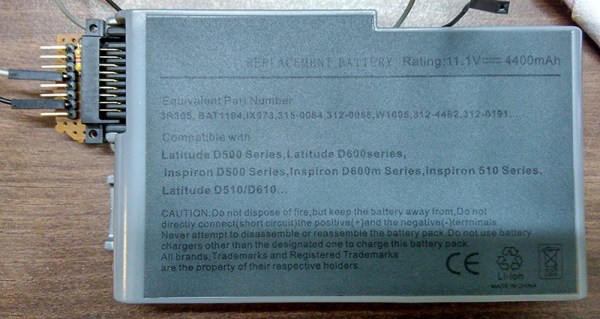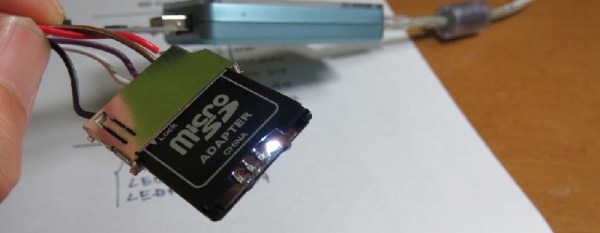This is your 3-hour warning. We’re kicking off our first ever Collabatorium and you’re invited. To join in just click the “Request to join this project” found on the left sidebar of the Hacker Channel page.
Once you’ve joined you can open up the Group Messaging for that project, one of the many awesome collaboration features on Hackaday.io. Starting at 6:30pm PDT (UTC-7) we’ll launch the Collabatorium to celebrate, discuss, encourage, and find partners for 2015 Hackaday Prize Entries. This edition of the live event is hosted by [Sophi Kravitz] and [Jasmine Brackett].
 While we have your attention, here’s another reminder to head on over and Vote in Astronaut or Not. Each week we draw a random hacker number for a $1000 giveaway, but only if you have voted!. The next drawing is Tomorrow so get at least one vote in right away to qualify.
While we have your attention, here’s another reminder to head on over and Vote in Astronaut or Not. Each week we draw a random hacker number for a $1000 giveaway, but only if you have voted!. The next drawing is Tomorrow so get at least one vote in right away to qualify.













![sz-workshop-matt [Matt] leading Zero to Product workshop](https://i0.wp.com/hackaday.com/wp-content/uploads/2015/06/sz-workshop-matt.png?w=292&h=165&ssl=1)












